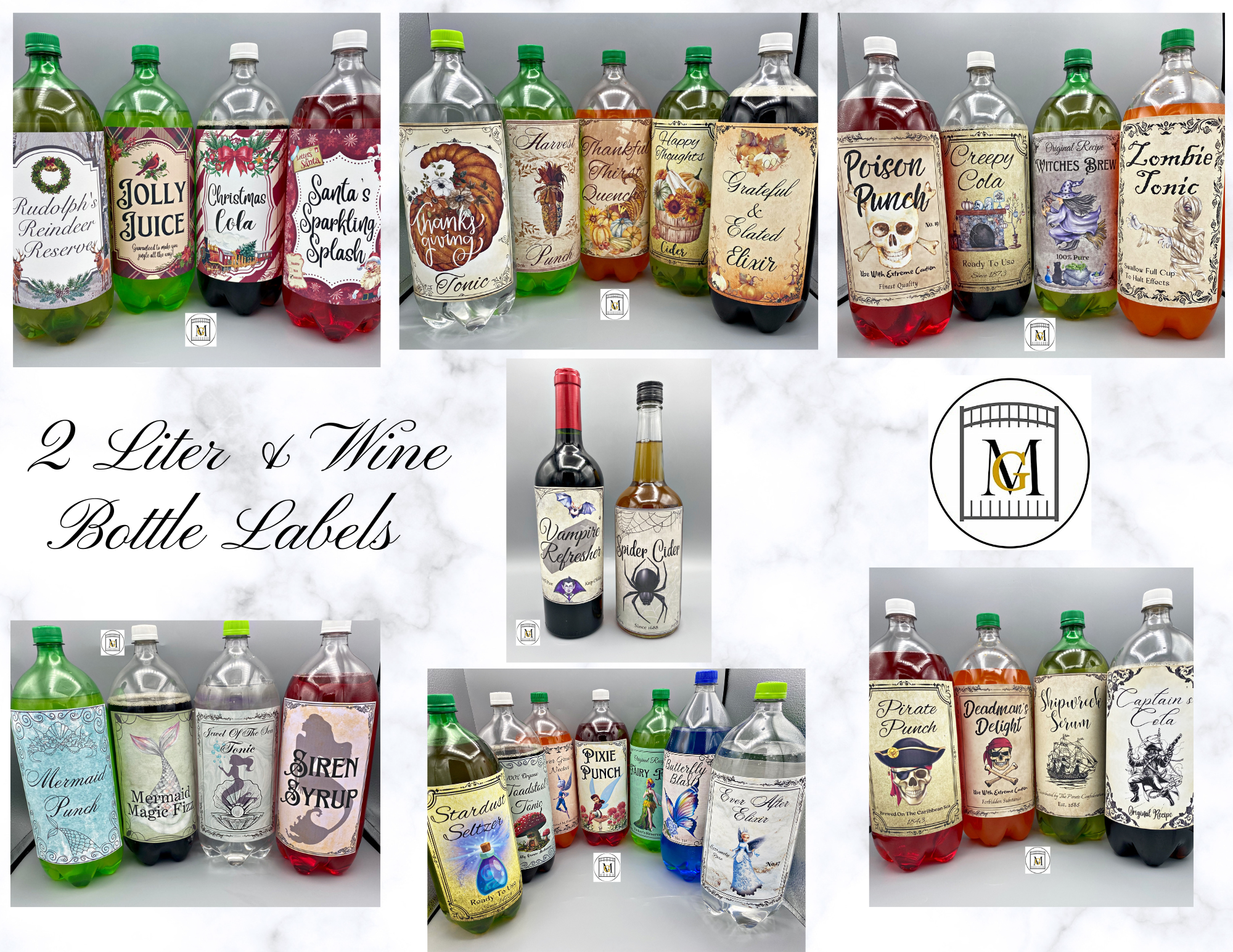Growing Tarragon (Artemisia dracunculus)
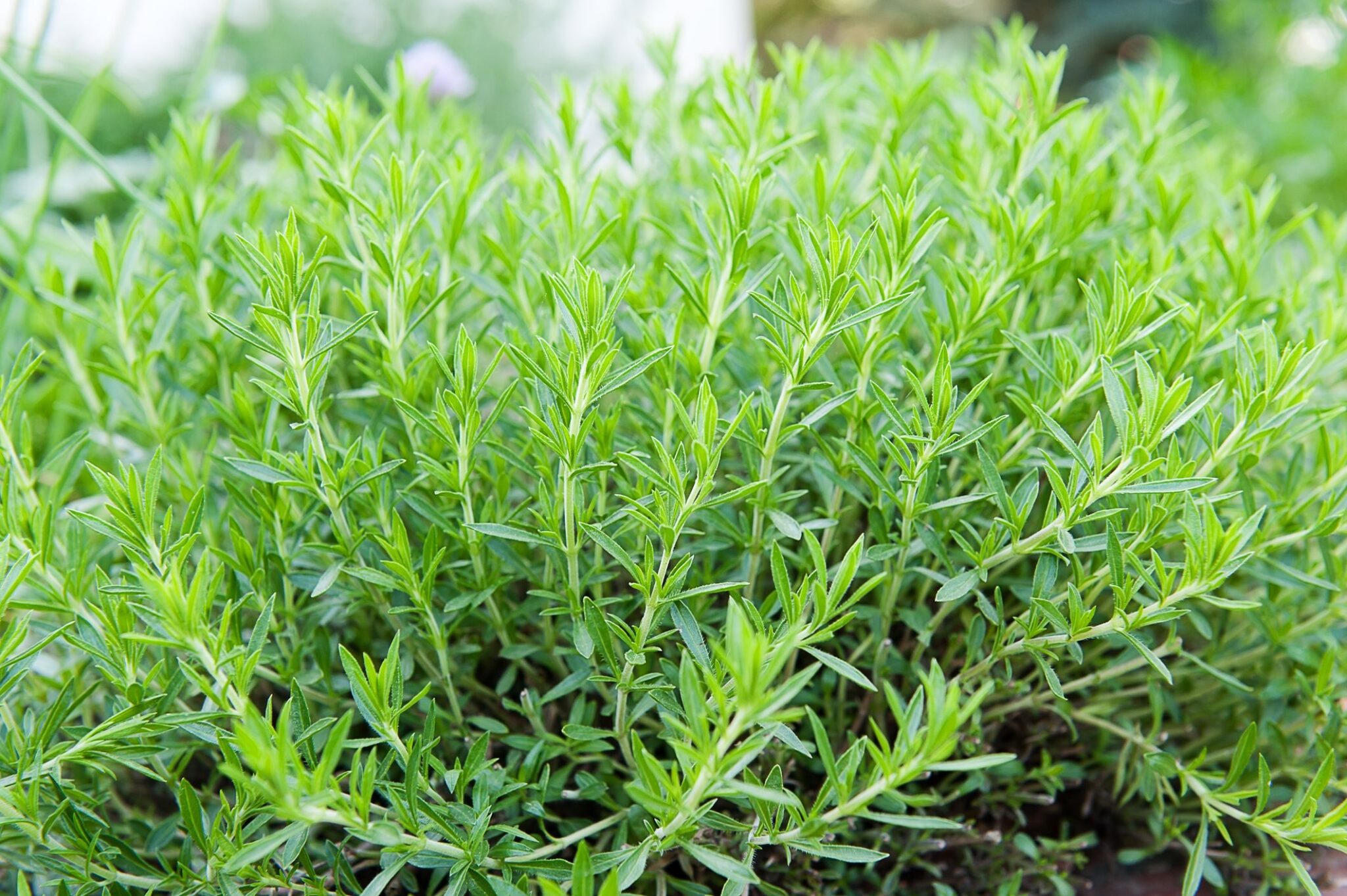
Tarragon is a lovely herb that I like to cook with. It has a unique flavor that is both spicy and sweet that brings out other flavors in soups, bisques, gravy, sauces, meats, and so much more. It is an easy herb to grow. I like to dehydrate the herb as well since dried tarragon is often pricey. Also try as a flavoring for vinegar.
Tarragon grows in zones 4-8, so to grow in the Deep South (zone 9) you need to grow in shade, under a covered area and in a pot, so you can bring indoors when temperatures are consistently over 90º F. In zones 4-8 it will grow in full sun to partial shade. Like most plants, tarragon prefers temperatures between 60-80º F. Tarragon develops into a bushy, somewhat leggy plant approximately 18-36″ tall. Culinary tarragon is a member of the Artemesia family, most members of which have a licorice flavor.
Don’t Forget To Follow Me On Pinterest!
To see my available Party Bundle Label Downloads, click here: https://majorgates.com/product-category/party-bundles/
Other things to note. When watering tarragon, allow the soil to dry in between waterings. Tarragon has a vigorous root system, making it quite tolerant of arid conditions. Established plants do not require frequent watering, outside of extreme drought. This herb prefers average humidity, so bring indoors during on high humidity days. Plant in a pot that is 12″ or wider. If the plant is in the ground, apply a generous layer of mulch in fall that will help the plants throughout winter too.
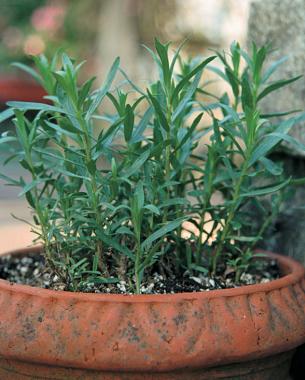
Plant Facts
- Perennial
- Full sun to part shade
- Cold Hardiness: -10ºF
- Blooms late fall – summer
- General plant food fertilizer in spring and summer
- Common inspects – spider mites
- Soil – fast draining fertile soil
- Harvest in late summer
To see my available 2-Liter/Wine Bottle Label Downloads, click here: https://majorgates.com/product-category/2-liter-wine-bottle-labels/
Growing Tarragon From Seed
- Buy Non-GMO seeds. You start to see plenty of seeds at the grocery stores, nurseries, home improvement stores, dollar stores, right after Christmas. You can also always order on line.
- Once planted, 75 days until harvest. In the deep south, plant in February through May or from August through September.
- Start seeds indoors, 6 to 8 weeks before the last frost. If you are in the south, start them in starter pots in light weight seed mix and they should germinate in 10-14 days. Next, place outside during the day for 3-4 days to harden off. Then transfer to their growing location with potting mix soil. I prefer Miracle Grow and always have successful transfers. If you are planting in the ground, use above ground soil with food mixed in.
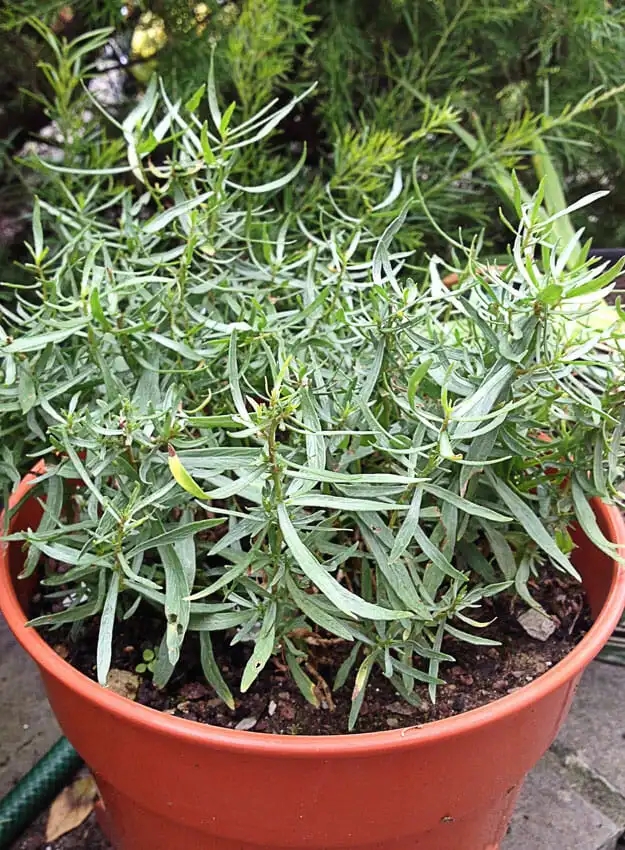
Propagating French Tarragon
French Tarragon can only be grown by propagation or by buying an established plant. This herb doesn’t flower much and, when it does, the flowers are sterile. If you can get a stem cutting from an existing plant in late spring or early summer, you should have good success in propagating the plant.
For best results, select a young stem and cut a length of around five or six inches. Remove the leaves from the bottom third. The stem can then be placed in moist potting soil after being dipped in rooting hormone.
It’s also possible to use root division techniques. This is best done in late fall or early spring. You could cut the root ball in half and plant the division in fresh soil in containers or directly into the ground. Because tarragon is a short-lived perennial, root division every three years helps continue your tarragon production in the garden.
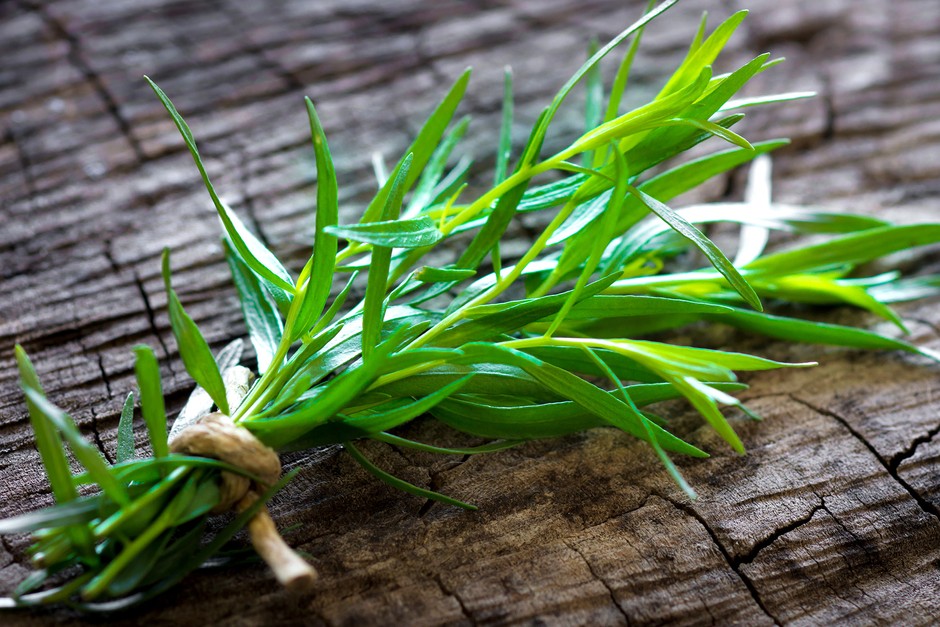
Being Grown in Containers
Tarragon can be grown in containers, but it usually only does well for around two or three years, as the serpentine roots grow quickly, and it will then need to be replanted into the ground or potted up into a larger container. Make sure the container you select is generous enough in size to accommodate the spreading roots.
You should wait until after danger of frost has passed in spring before transferring any potted Tarragon outside.
Letting the potted plants become overly root bound before dividing and replanting will diminish the flavor, so don’t wait until it’s too far gone. So divide and separate the plants annually. Also, transfer to larger pots and don’t forget about replenishing the soil for a new fresh start.
How To Use Tarragon
Tarragon has a distinctive light anise or light licorice flavor, with a hint of mint. It is great in cream sauces. The flavor is delicate and it elevates creamy soups, bisques, salad dressings, and sauces. You have probably had a sauce with tarragon if you have ever had Bérnaise sauce on steak or asparagus.
Some well known recipes that use tarragon are Creamy Tarragon Chicken, Lemon Tarragon Butter, Dijon Tarragon Sauce, and Tarragon Chicken Salad. This herb tastes great fresh and dried. It is sure to take your dishes to the next level.
To see my available Jeopardy/Trivia Party Downloads, click here: https://majorgates.com/product-category/jeopardy-trivia/

